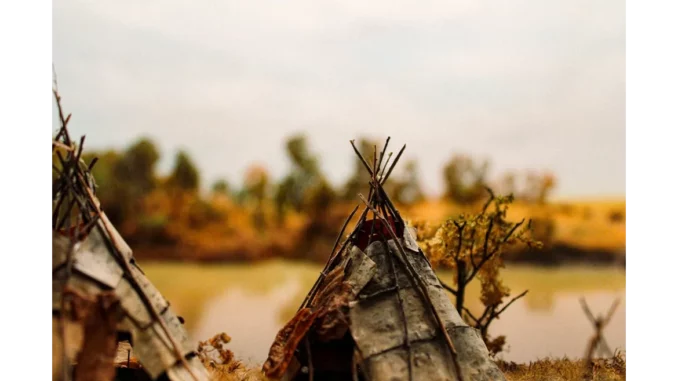
The intersection of art and science is a dynamic arena for innovation, particularly in disciplines where cultural sensitivity is essential. In the context of Indigenous bone health, this intersection is not only groundbreaking but indispensable. The cooperative efforts of researchers, healthcare professionals, and Indigenous communities are dismantling traditional barriers and setting the stage for more inclusive healthcare methodologies. Herein, we explore how the SIMBA project, spearheaded by Dr Ayse Zengin, is transforming the comprehension and management of bone health among Aboriginal and Torres Strait Islander communities in Australia.
Dr Ayse Zengin, a distinguished expert in the field of bone and muscle health, embarked on her compelling journey from Cambridge University to Monash University with a mission to challenge conventional healthcare paradigms. Her research in The Gambia uncovered the inadequacies inherent in a universal healthcare approach, particularly concerning bone health. This experience illuminated the significant influence of dietary calcium intake and genetic factors on bone health, prompting her to scrutinise the relevance of existing osteoporosis screening guidelines applied to Indigenous populations in Australia. Thus, the SIMBA (Study of Indigenous Muscle and Bone Ageing) project was conceived. This initiative seeks to accumulate evidence advocating for revisions in osteoporosis screening policies, which predominantly rely on data from non-Indigenous Australians. Dr Zengin’s work highlights the critical need to customise healthcare practices to accommodate the distinct needs of varied ethnic groups.
The success of SIMBA is fundamentally rooted in its collaborative framework. A pivotal partnership has been forged with Dr Pete Tually from Spartan First Imaging, bringing cutting-edge medical imaging technology into the fold. Spartan First Imaging, renowned as the world’s most remote nuclear medicine clinic and Australia’s pioneering Indigenous medical imaging service, plays a crucial role in providing detailed insights into the bone structure of Aboriginal and Torres Strait Islander peoples. The deployment of advanced scanners such as DXA and pQCT facilitates the collection of extensive data on bone size, strength, and structural variations. This information is indispensable in comprehending the distinct bone health challenges faced by Indigenous Australians, who have historically been overlooked by mainstream healthcare guidelines.
One of the most striking innovations within the SIMBA project is the integration of Indigenous art into the medical process. Dr Tually and Des Headland, CEO of Spartan First Imaging, commissioned local artist Carol Thompson to embellish the DXA scanner with Indigenous art. This artistic integration serves a dual purpose: it transforms the medical environment into a more welcoming space for Indigenous patients and nurtures a sense of belonging and cultural safety. Medical environments can often be intimidating, especially for Indigenous community members who may feel estranged by the sterile, clinical atmosphere. The tactile nature of the artwork, with its distinctive bumps and dots, offers a comforting and familiar touchpoint for patients, significantly reducing the no-show rate for scans and improving patient engagement.
Beyond data collection, the SIMBA project is fundamentally about establishing trust and fostering understanding between researchers and Indigenous communities. Dr Zengin underscores the importance of cultural respect and the imperative for healthcare professionals to learn from Indigenous communities. This collaborative ethos is vital for bridging the health gap and ensuring that Indigenous Australians receive the care they are entitled to. The ultimate objective of the project is to utilise the data collected to inform health policy changes that will benefit Indigenous populations. By tailoring screening and management practices to the specific needs of Aboriginal and Torres Strait Islander peoples, SIMBA aspires to mitigate fracture risks and enhance overall health outcomes.
The interplay of art and science within the SIMBA project exemplifies the transformative potential of collaboration and cultural sensitivity in healthcare. By merging Indigenous art with medical practices and leveraging state-of-the-art imaging technology, the project is dismantling traditional barriers and paving the way for more inclusive and effective healthcare solutions. As the project advances, it holds the promise of delivering valuable insights that could revolutionise bone health management for Indigenous Australians and potentially serve as a paradigm for other underserved populations across the globe.


Be the first to comment